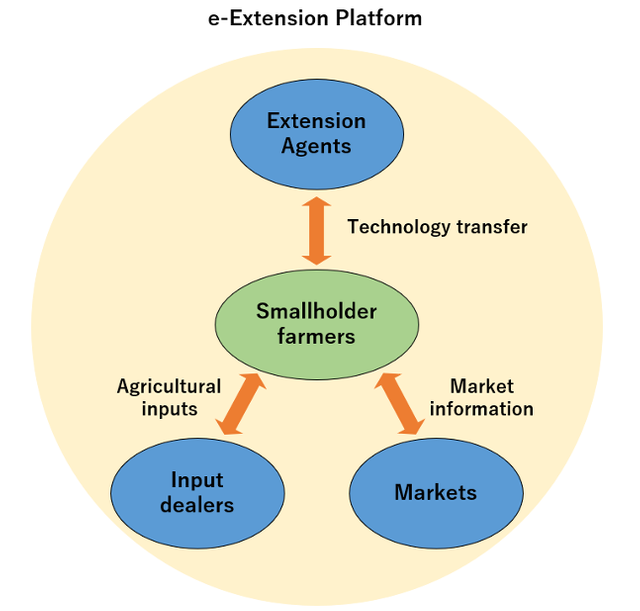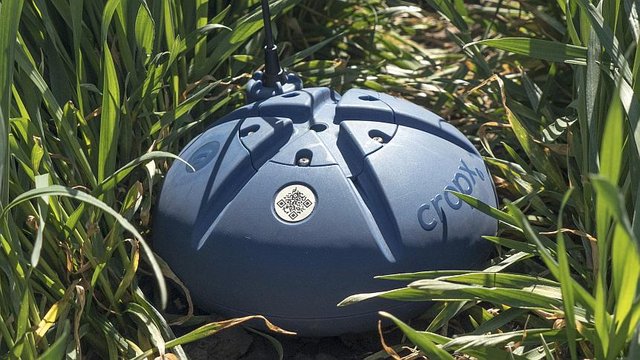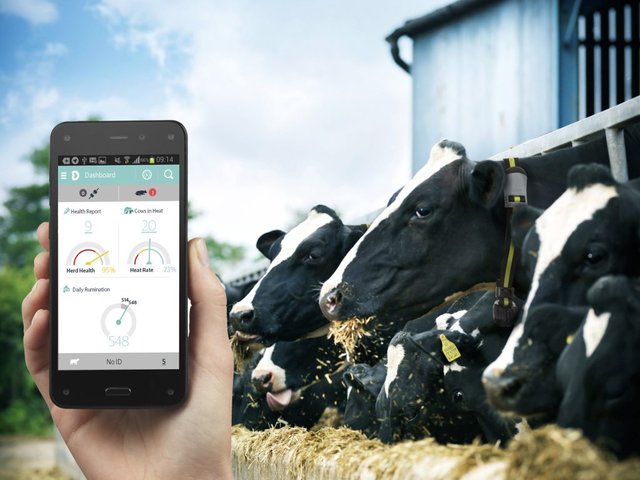SizEducation|| E-Agriculture by @ansooch||20%of the benificiery for Siz-official
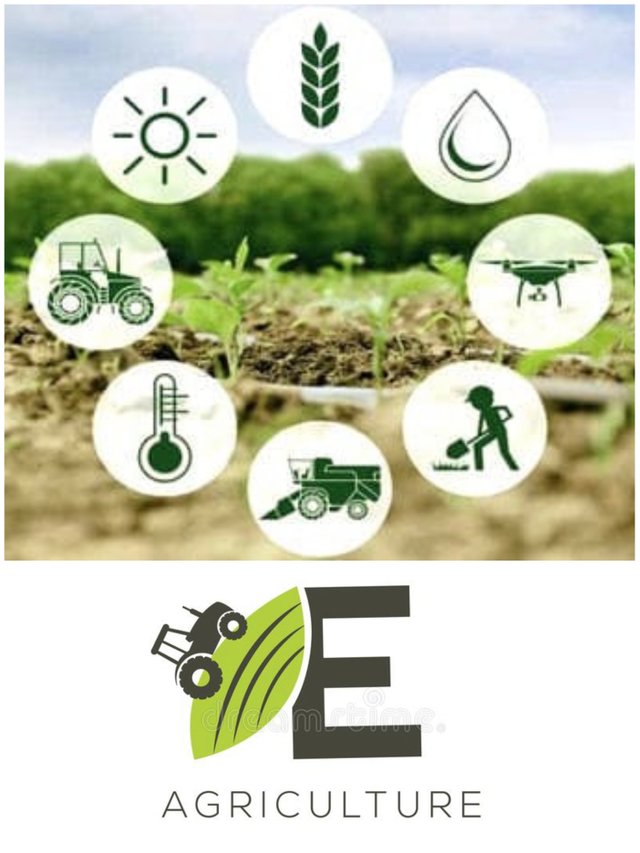
E-Agriculture
E-agriculture is a global platform that promotes the discussion and sharing of ideas related to the use of information and communication technologies (ICTs) to better contribute to sustainable agriculture and rural development.
E-agriculture is about designing, developing and implementing new ICT applications in rural areas, with a strong focus on agriculture. E-agriculture offers many solutions to a particular agricultural challenge and has great potential in promoting sustainable agriculture while protecting the environment and finding an effective way to feed the world's people.
What is E-Agriculture?
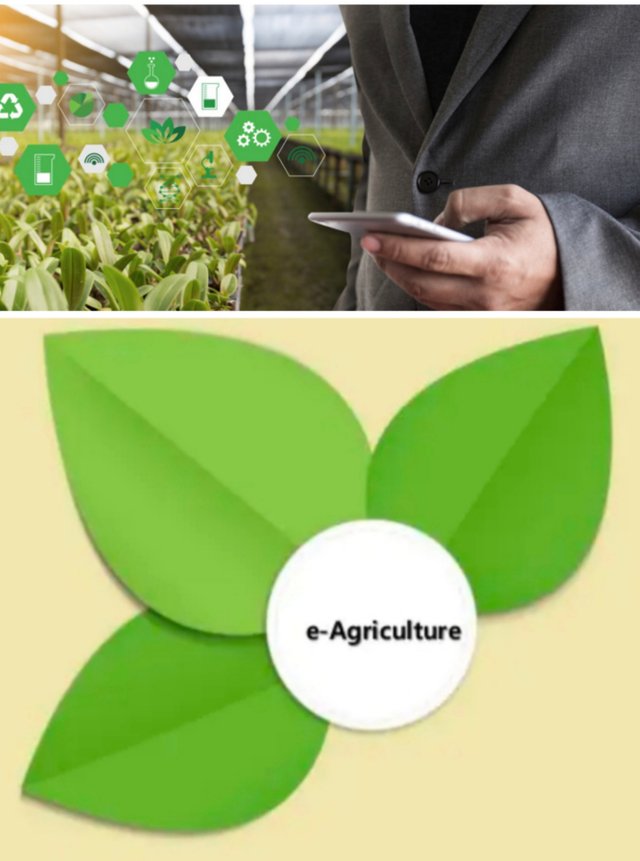
source
We come to this term because of the many ways in which we refer to agriculture focusing on current and future technologies. For example, Agritech refers to the use of technology in agriculture in general. E Agriculture are widely used to refer to the implementation of IoT solutions in agriculture. E-Agriculture related applications are, farm vehicle tracking, livestock monitoring, storage monitoring, and more
In the coming years it will see an increase in the use of these clever farming techniques and other technologies. In fact, the introduction of IoT equipment in agricultural land is expected to have an annual growth rate of 20 percent.
Benefits of Using IoT in Agriculture
As in other industries, the use of Internet of Things in agriculture promises unprecedented efficiency, reduction of resources and costs, automation and data-driven processes. In agriculture, however, these benefits do not serve as a development, but rather a solution for the whole industry facing a range of risk problems.
1•Excellent performance:
Modern agriculture is in the running. Farmers have to invest more in degraded soil, reduced land availability and increased climate change. The use of IoT in agriculture allows farmers to monitor their produce and conditions in real time. They get information quickly, can predict problems before they happen and make informed decisions about how to avoid them. IoT in agricultural helps to introduce automation, fertilizer application ,demand-based irrigation, and robotic harvesting.
2•Extension.
By the time we have 9 billion people in the world, 70% of them will be living in urban areas. IoT-based nursery and hydroponic systems empower short-term supply chains and should be able to feed people. The cleverly closed-loop agricultural systems allow you to grow food basically everywhere — in supermarkets, on the walls of skyscrapers and on the roofs, in vessels, and, of course, in the comfort of everyone's home.
3•Reduced use of resources:
Many ag IoT solutions focus on increasing utilization of water-resources, energy, land. Accurate farming using IoT depends on the data collected by various sensors in the field that help farmers accurately allocate sufficient resources within a single crop.
4•Cleaning process:
Not only do IoT-based farming systems help producers save water and energy, thus, greening their fields, but also significantly reduce the use of pesticides and fertilizers. This method allows to obtain a clean and viable final product compared to traditional agricultural methods.
5•Agility:
An important Benifits of IT in agriculture is increase in efficiency. Because of the introduction of the real-time monitoring and forecasting systems, farmers can quickly respond to any significant change in climate, humidity, air quality and the health of each crop or soil in the field. In the face of extreme climate change, new technologies are helping agricultural professionals save crops.
6•Improve product quality:
Data-driven farming helps both grow more and better products. By using soil and vegetation sensors, monitoring aircraft flights and making a farm map, farmers better understand the detailed dependence between conditions and crop quality. Using connected systems, they can recreate the best conditions and increase the amount of healthy food products.As a result, all of these factors can eventually lead to higher incomes.
Applications of E-Agriculture in real life
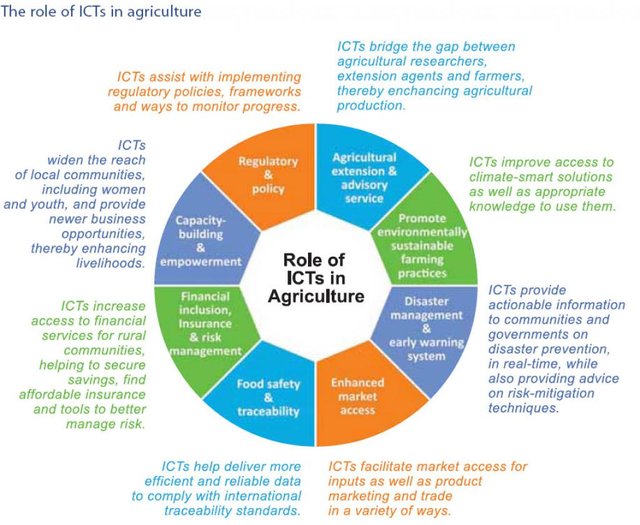 source
sourceNow let's look at how the benefits listed can get their plan in real life
• Livestock monitoring
IoT applications help farmers to gather information about the location, welfare and health of their cattle. It helps them to identify the condition of their livestock. For example, getting sick animals to separate from the herd, to prevent the spread of the disease to all cattle. The ability of farmers to get their cattle with IoT-based sensors helps to reduce labor costs by a significant amount.
The non-invasive monitoring system uses advanced proprietary algorithms that include dairy science, expert knowledge and machine learning to deliver practical information such as temperature, function, maturity and behavior of any health warnings, symptoms, estrus detection and feed development.
•Weather monitoring
Smart sensor-enabled stations can collect weather data and send useful information to the farmer. In addition, the information is analyzed with special software and the farmer receives preliminary analysis that helps him to have a detailed forecast and avoid crop losses.
For example, allMETEO is an IoT-based agricultural program that provides farmers with specialized software and weather forecasting tools that alarm early warning of high temperatures, snow and rainy weather on your farm's fields.
•Greenhouse Automation
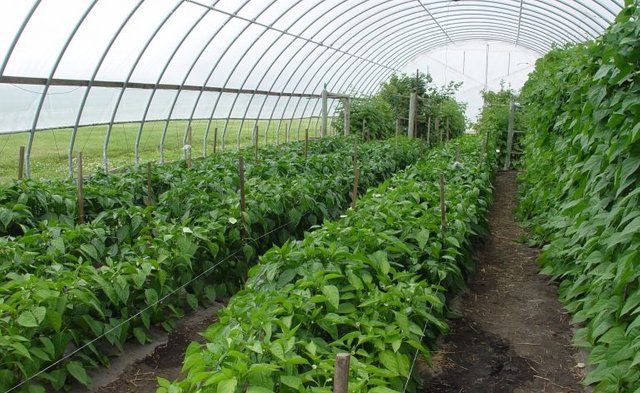
source
In addition to obtaining environmental data, weather stations can be automatedutomation
In addition to obtaining environmental data, weather stations can automatically adjust the conditions to match the given parameters and provide the most appropriate environment for each greenhouse.
GreenIQ is also an exciting product that uses smart agricultural sensors. It is a smart sprinkler controller that lets you manage your irrigation and lighting systems remotely.
•Plant monitoring
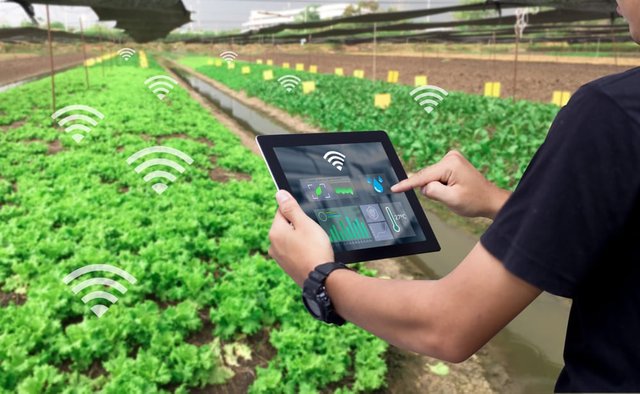
source
As in the case of climate monitoring, plant monitoring sensors also collect all information such as plant health, humidity, rainfall, temperature, and other parameters. In the event of a deviation, farmers may identify in advance and take appropriate action. Also, the sensors help growers to determine the best time to plant and harvest crops.
•Drones
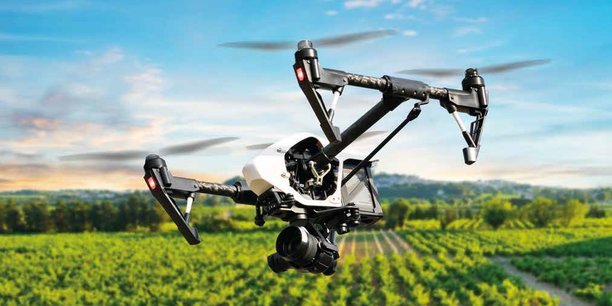
source
In precise agriculture, drones have a wide range of uses from soil and crop analysis to planting and spraying with pesticides. Drones can be used with various imaging technologies such as hyperspectral, multispectral, thermal, etc. which can give farmers time and accurate local knowledge about plant health, fungal diseases, growth barriers, etc.
Drones can also identify dry regions in the field and steps can be taken to irrigate those areas with better techniques. Precision Agriculture provides farmers with practical information that enables them to make informed decisions and use their resources effectively.
An eBee SQ agricultural aircraft can cover hundreds of hectares in a single plane to properly inspect and analyze plants.
Conclusion
The development of the agricultural sector will always be at the forefront, especially in view of globalization today. Therefore, the use of IoT in agriculture has a great promising future as a driving force for efficiency, sustainability, and resilience in the sector.
Many thanks to
@siz-official
@cryptokraze
@suboohi
@haidermehdi
@booming
@steemcurator and all siz team for support.
